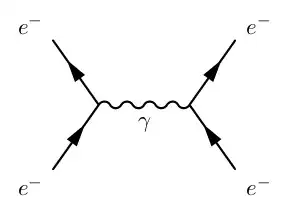The true mediators of forces are the quantum fields.
A thorough discussion of virtual particles and their properties (and possible way of existence) is given in the following two recent essays of mine:
The Physics of Virtual Particles
Misconceptions about Virtual Particles
From the introduction to the second essay:
''virtual particles are defined as (intuitive imagery for) internal lines in a Feynman diagram. Their name derives by analogy to the external lines, which may be linked to observable stable or unstable particles. The 4-momentum vector of a virtual particle has the physical meaning of an integration variable in the integral corresponding to the diagram, and takes all possible values, making it off-shell.
States involving virtual particles cannot be created since quantum field theory has creation operators only for observable particles whose 4-momentum satisfies the mass-shell constraint. For lack of a state, virtual particles have none of the usual physical characteristics of real particles: They cannot be said to exist in space and time, have no position, no meaningful probabilities to be created or destroyed anywhere, no life-time, cannot cause anything, interact with anything or affect anything. Therefore there is also no dynamics, speed of motion, or world lines. (In physics, dynamics is always tied to states and an equation of motion. Neither exists for virtual particles.) [...]
The only way the usual dynamical language for virtual particles is justified by the theory is as purely figurative analogy in ”virtual reality”, useful for informal talk about complicated formulas and for superficial summaries in lectures capturing the imagination of the audience.
This has to be kept in mind when reading in professional scientific publications statements involving virtual particles. Otherwise many statements become completely misleading, inviting a magical view of microphysics and weird speculation, without the slightest support in theory or experiment.''
This is just the tip of an iceberg....
